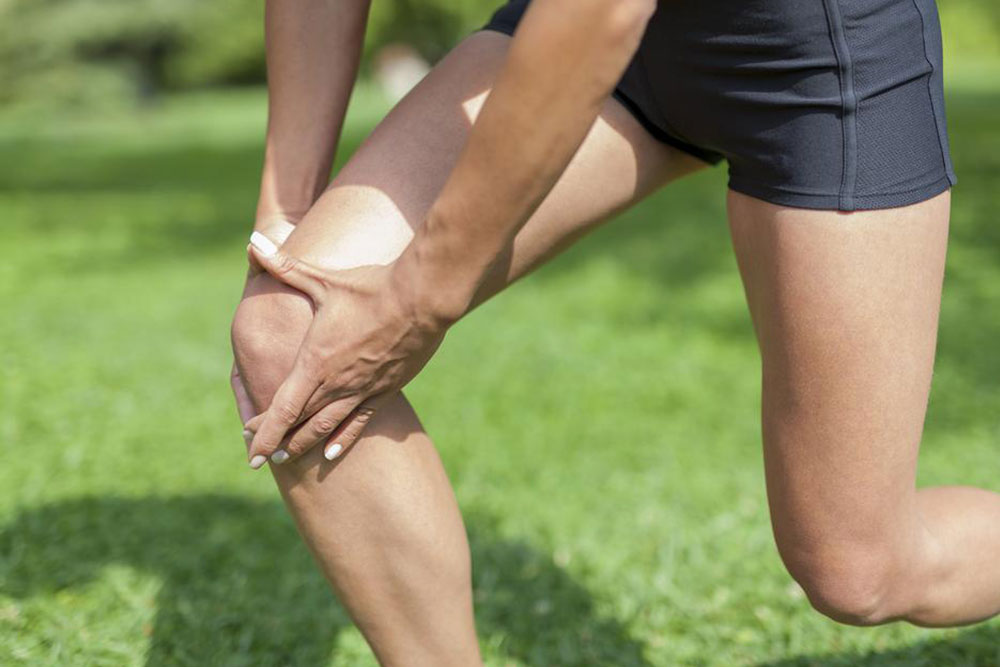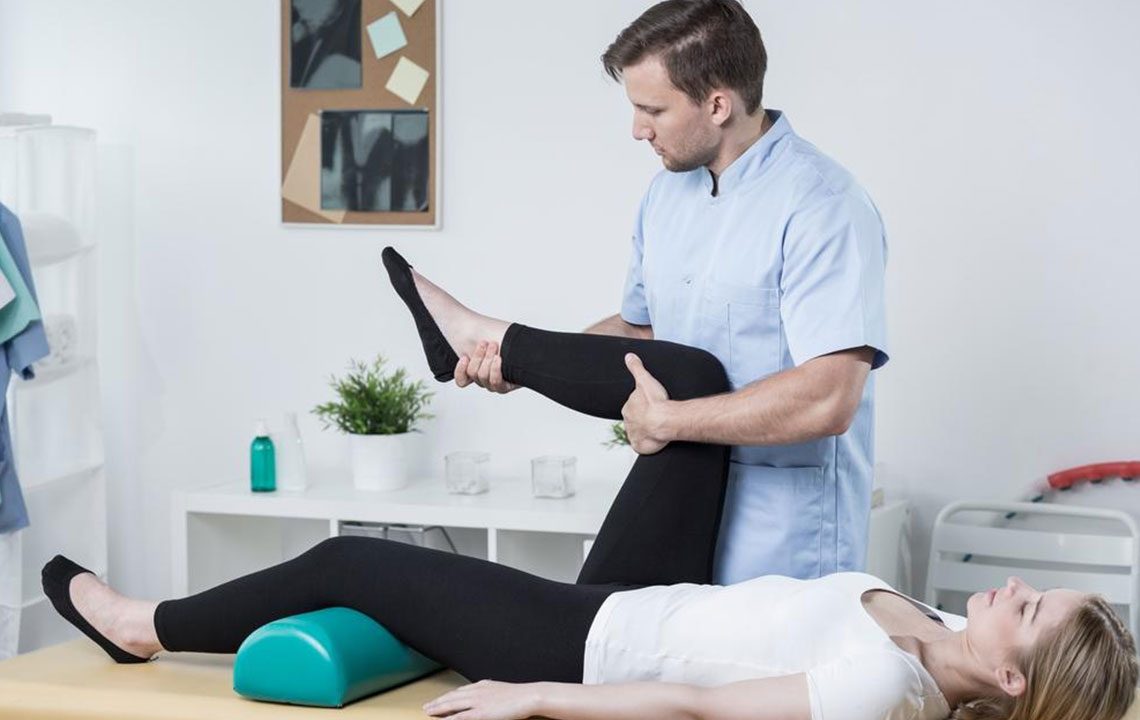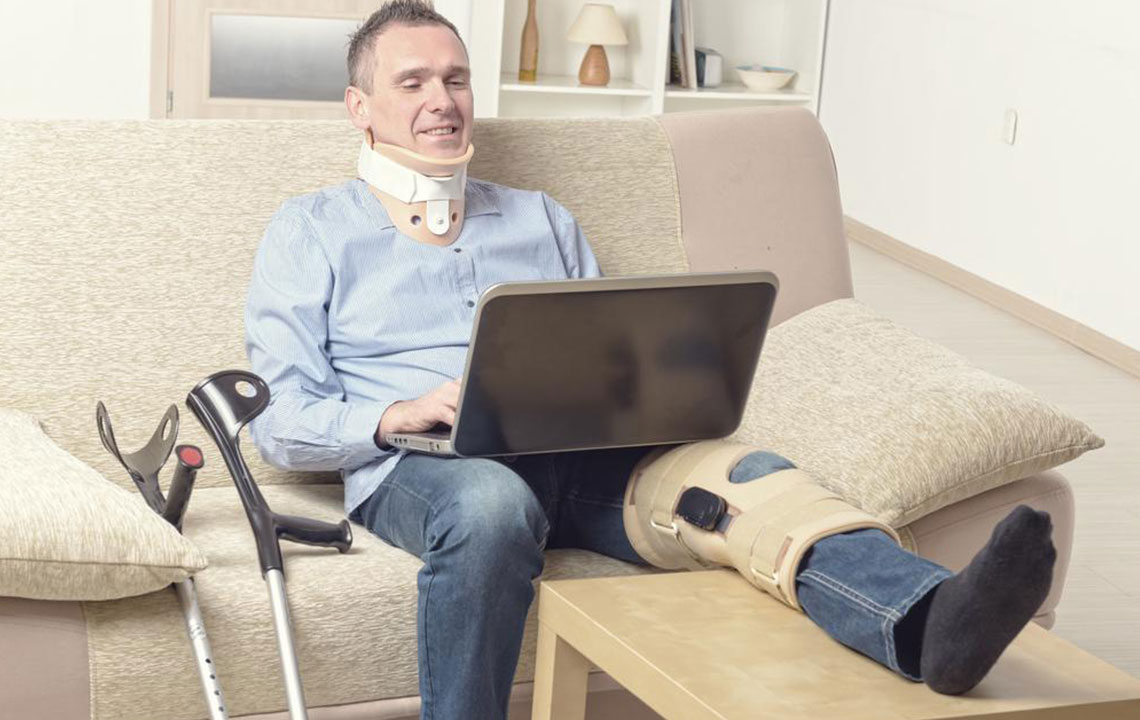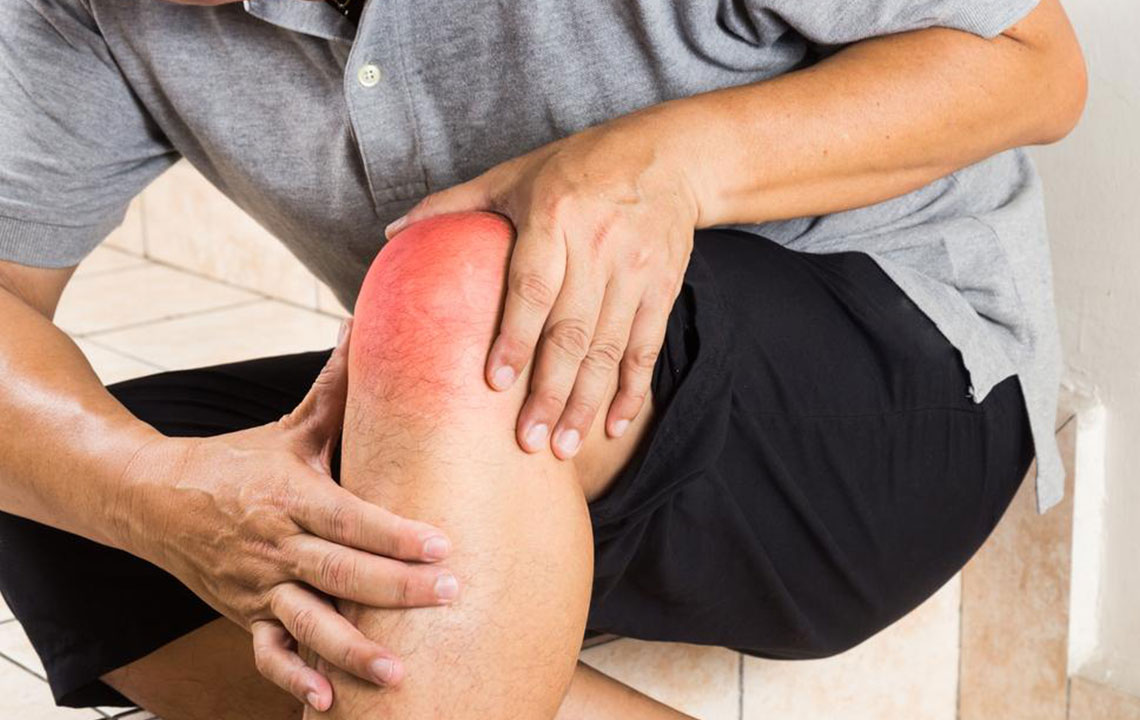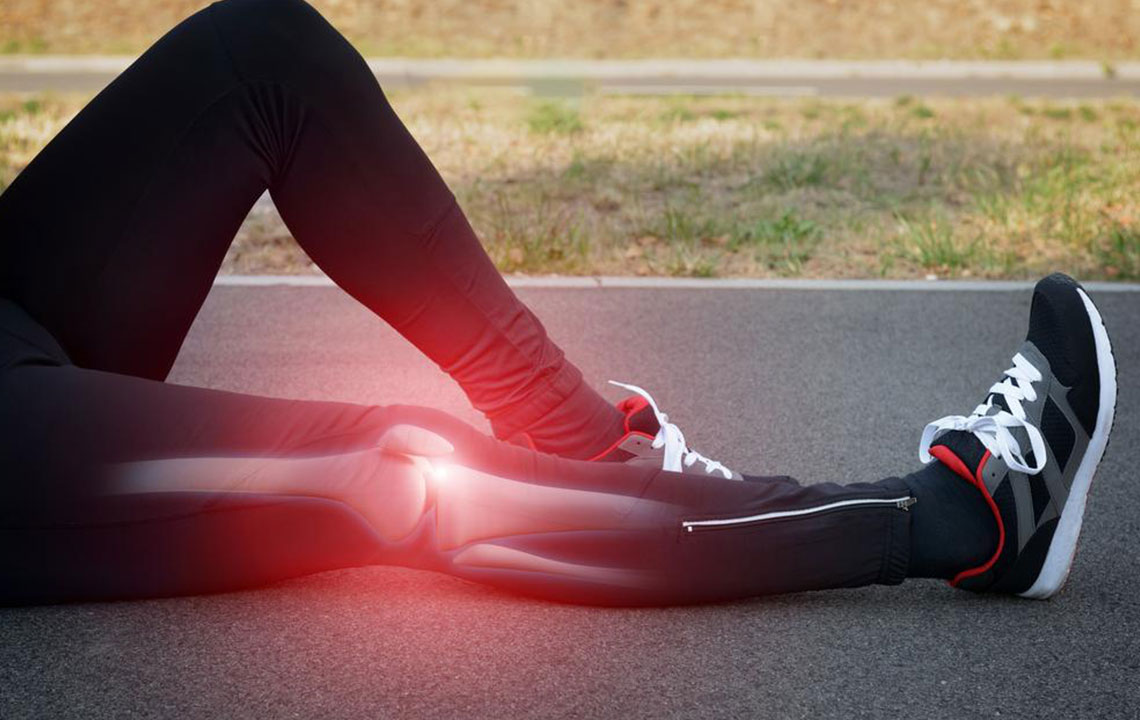Comprehensive Guide to Knee Braces for Meniscus Injury Recovery and Support
This comprehensive guide explores the different types of knee braces ideal for meniscus injury recovery. It covers causes, symptoms, treatment options, and detailed selection tips to help individuals make informed decisions for effective knee support and rehabilitation. Suitable for patients, athletes, and healthcare providers, this article emphasizes the importance of proper bracing to prevent further damage and facilitate healing.
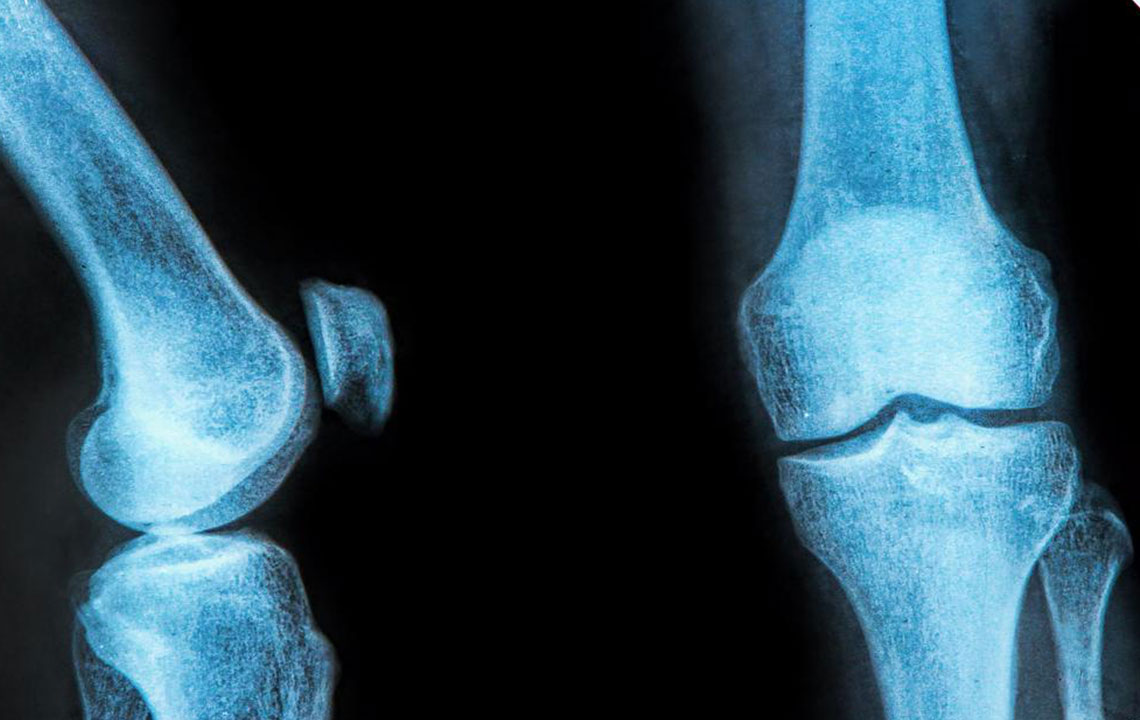
Understanding Knee Braces for Meniscus Injuries and Recovery Strategies
The meniscus is a vital component of the knee joint, acting as a cushion and stabilizer. This semi-rigid, rubbery cartilage resembles a C-shape that plays a crucial role in absorbing shock and distributing weight evenly across the knee. Each knee contains two menisci: the medial meniscus on the inside and the lateral meniscus on the outside. These structures are essential for maintaining knee stability and facilitating smooth movement. When torn, the meniscus can cause significant discomfort, impair mobility, and increase the risk of long-term joint damage. Employing a specialized knee brace during the recovery process is an effective strategy to alleviate pain, prevent further injury, and promote healing.
Common Causes of Meniscus Tears
Meniscus tears often happen due to sudden twisting or turning motions when the foot is firmly planted on the ground. Sports activities like basketball, soccer, or skiing, which involve rapid directional changes, are common culprits. Additionally, activities that involve heavy lifting, squatting, or abrupt stops can lead to meniscus injury. Repetitive stress over time can weaken the cartilage, making it more prone to tearing. Understanding these causes underscores the importance of using supportive knee braces, especially during the rehabilitation phase, to prevent worsening of the injury and support proper alignment.
Recognizing Symptoms and Signs of Meniscus Injury
The symptoms of a meniscus tear can be subtle or severe, depending on the extent of damage. Minor tears might cause mild swelling that resolves within a few weeks with conservative management. Users may notice discomfort after activity but can generally walk without significant difficulty. Partial tears often produce sharp pain, swelling, and a feeling of instability, especially during twisting movements. Moderate injuries typically involve persistent pain centered around the knee joint, swelling that worsens over days, and stiffness that hampers full range of motion. Severe tears, where fragments of the meniscus move into the joint space, can cause the knee to lock or catch, making bending or straightening painful, often accompanied by swelling that persists or reappears after rest. Recognizing these signs early helps determine the most appropriate treatment approach.
Effective Treatment Modalities for Meniscus Tears
Initial diagnosis by an orthopedic specialist or healthcare provider is crucial to determine the severity and specific location of the tear.
Minor tears may heal with conservative measures like rest, ice therapy, compression, and elevation (RICE protocol).
For moderate injuries, physical therapy is essential to restore strength, flexibility, and joint stability. Therapeutic exercises focus on improving range of motion and preventing muscle atrophy.
Severe tears often require surgical intervention, such as meniscectomy or meniscus repair, coupled with wearing a supportive knee brace during recovery.
Types of Knee Braces for Meniscus Support and Recovery
The choice of knee brace depends on the injury’s severity, location, and specific needs of the patient. Different designs serve different purposes, from immobilization to stabilization and load redistribution.
Unloader Knee Braces
Unloader braces are particularly useful when the tear affects only one side of the meniscus or in cases of osteoarthritis where cartilage has worn thin. These braces help offload the affected compartment by shifting weight away from damaged areas, thereby reducing pain and improving function. They are especially beneficial for long-term management of degenerative joint issues and can delay the need for surgery.
Donjoy Reaction Web Knee Brace: An excellent choice for anterior knee pain, available in multiple sizes and colors, priced around $100. It features a dynamic web pattern that provides compression and support without excessive rigidity.
Donjoy Defiance III Custom Knee Brace: Offers high-level support, suitable for ligament injuries and contact sports, with a price point near $800. Custom-fit options ensure optimal stability.
Donjoy Performer Hinge Patella Knee Brace: Designed for ligament strains and patella-related issues, costing approximately $40, available in sizes from S to XXL. It provides hinge support with patellar stabilization.
Donjoy OA Adjuster 3 Knee Brace: Features an aluminum frame and advanced comfort features, ideal for osteoarthritis management, priced around $600. It stabilizes the knee with adjustable straps.
Ligament Knee Braces
When injuries involve both sides of the meniscus or are accompanied by ligament damage, a ligament-specific knee brace is recommended. These braces help stabilize the joint, support damaged ligaments, and ease pain. They are especially useful in post-operative recovery and during high-impact activities.
Economy Hinged Knee: Provides protection against re-injury, supporting the MCL, LCL, and collateral ligaments. It’s a budget-friendly option at around $70 suitable for degenerative conditions and minor injuries.
Donjoy Deluxe Hinge Knee Brace: Suitable for more serious ligament, meniscus, and osteoarthritis injuries, priced at approximately $120. It offers adjustable locking hinges for controlled movement.
Ultimately, selecting the right knee brace should be based on medical advice and individual needs to ensure optimal recovery and support while maintaining mobility.

